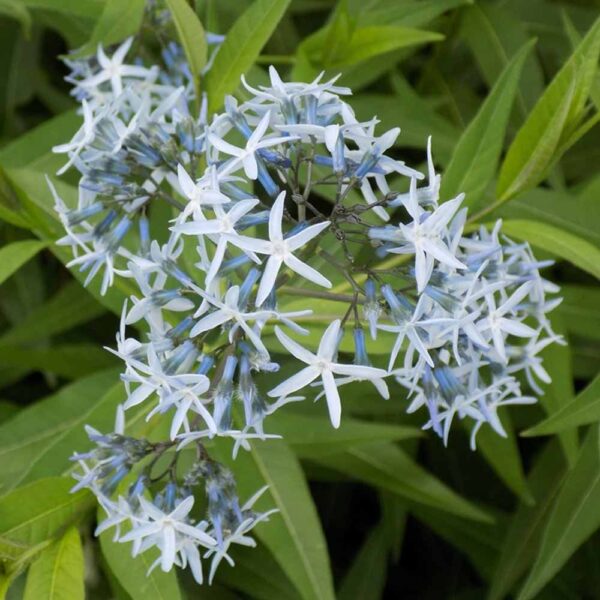| Botanical Name | |
|---|---|
| Common Name | |
| Bloom Color | |
| Bloom Time | |
| Foliage Color | |
| Light Requirements | |
| Height | |
| Width | |
| Uses | Beds, Birds, Butterflies, Hummingbirds, Missouri Native Plant, Naturalize, Specimen |
| Resistance | |
| Soil | Average, Clay, Poor, Rich, Well Drained |
| Water Needs | |
| Zone | |
| Plant Type |
Silphium laciniatum – Compass Plant
A soaring native Missouri prairie perennial, Silphium laciniatum, can reach a whopping 5-9′ tall. Sunny yellow 5″ yellow daisies appear on tall stems July through September. It works well in the back of the border, or up front as a showy specimen. It’s huge, deeply cut leaves can grow up to 16″ long. Although it grows tall, it only grows 1-3′ wide. A fun native that brings a fascinating element to wildflower, cottage and butterfly gardens.
It earned its common name Compass Plant due to its upright lower leaves turn their edges north and south, yet the flat surfaces of the leaves will face east and west. Also commonly know as Rosinweed.
Being a plant with a long taproot, which can grow 10′ deep, it does not like to be moved. Once settled in Compass Plant is drought tolerant and long-lived. Native to limestone prairies and glades, its foliage is rarely bothered by disease. It prefers full sun.
Please check the nursery for availability or contact us
Related products
Baptisia australis – Blue Indigo
A Missouri native adored for its indigo blossoms.
Amsonia tabermontana – Willowleaf Blue Star
Top award-winning native with starry blue flowers.
Nursery Pickup and Ordering
- In stock items are ready for pickup two hours after placing an order before 2 pm
- Orders for stock items placed after 2 pm are ready by 11 am the next day
- An email notification will be sent when your order is ready and you’ll have one week to pick up
- Items not picked up will be restocked and a refund will be issued to the purchaser’s credit card
- Important Pickup Information: Orders may be picked up in the nursery or curbside. If you would like curbside pickup email us at sugarcreekgardens@gmail.com
- For delivery inquiries email us at sugarcreekgardens@gmail.com for rates. Prices vary depending on delivery location and amount and weight of material.
Search
Recently Viewed Products
-
 Scutellaria incana - Downy Skullcap $13.99
Scutellaria incana - Downy Skullcap $13.99 -
 Sansevieria Snake Plant Zeylanica
Sansevieria Snake Plant Zeylanica -
 Rose Drift Pink Ground Cover Rose $39.99
Rose Drift Pink Ground Cover Rose $39.99 -
 Picea - Rainbow's End Alberta Spruce $59.99
Picea - Rainbow's End Alberta Spruce $59.99 -
 Phlox subulata - Red Creeping Phlox $12.99 – $16.99
Phlox subulata - Red Creeping Phlox $12.99 – $16.99 -
 Phemeranthus calycinus - Fameflower
Phemeranthus calycinus - Fameflower -
 Petunia Splash Dance Violet Vogue $9.99
Petunia Splash Dance Violet Vogue $9.99 -
 Panicum Cheyenne Sky - Switch Grass
Panicum Cheyenne Sky - Switch Grass -
 Paeonia - Duchesse de Nemours Peony $39.99
Paeonia - Duchesse de Nemours Peony $39.99 -
 Onoclea sensibilis Sensitive Fern
Onoclea sensibilis Sensitive Fern -
 Monarda - Pardon My Cerise Bee Balm $17.99
Monarda - Pardon My Cerise Bee Balm $17.99 -
 Lychnis - Petite Henri Ragged Robin $16.99
Lychnis - Petite Henri Ragged Robin $16.99 -
 Lavender - La Diva Eternal Elegance
Lavender - La Diva Eternal Elegance -
 Kerria - Pleniflora Japanese Kerria
Kerria - Pleniflora Japanese Kerria -
 Hummingbird Feeder Purple Balloon
Hummingbird Feeder Purple Balloon
The Garden Gossip – Be up with all the newest and best in gardening.















